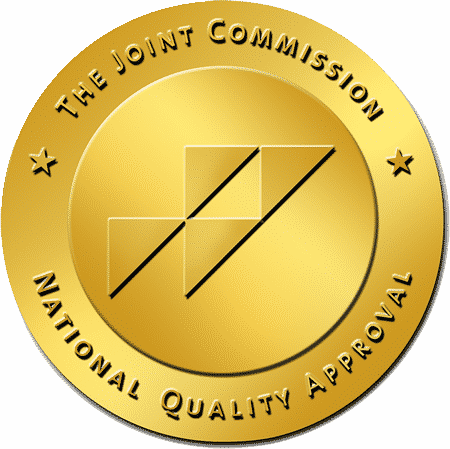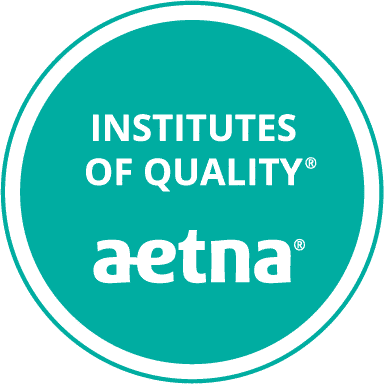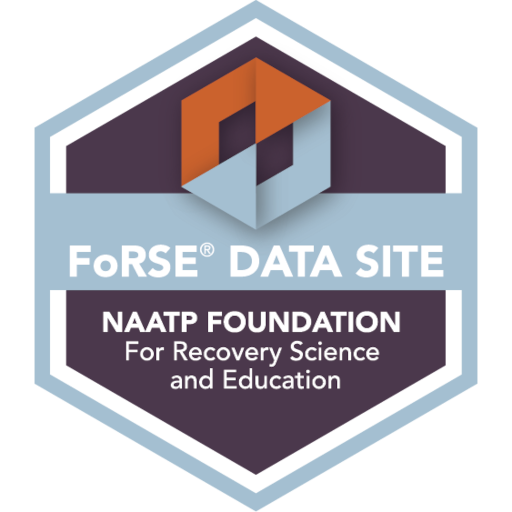12 Step Started with Alcoholics Anonymous
The 12 steps are a guideline to overcome addiction and achieve a personal spiritual awakening.
The original 12-steps were written by businessman Bill Wilson and friends who were members of Alcoholics Anonymous (AA) in 1938.
The success of Alcoholics Anonymous spurred various organizations to adapt the 12-step format to address dependence issues other than alcoholism. Alcoholics Anonymous World Services grants permission for these uses.
All 12 step programs are self-help programs unaffiliated with outside agencies.
What are the 12 Steps to Fight Alcohol Abuse?
The 12-step program of AA is below. (Most adaptations change the first step regarding admitting powerlessness to fit the addictive disorder or issue best suited for the group purpose.)
- We admitted we were powerless over alcohol – that our lives had become unmanageable.
- Came to believe that a Power greater than ourselves could restore us to sanity.
- Made a decision to turn our will and our lives over to the care of God as we understood Him.
- Made a searching and fearless moral inventory of ourselves.
- Admitted to God, to ourselves and to another human being the exact nature of our wrongs.
- Were entirely ready to have God remove all these defects of character.
- Humbly asked Him to remove our shortcomings.
- Made a list of all persons we had harmed and became willing to make amends to them all.
- Made direct amends to such people wherever possible, except when to do so would injure them or others.
- Continued to take personal inventory and when we were wrong promptly admitted it.
- Sought through prayer and meditation to improve our conscious contact with God as we understood Him, praying only for knowledge of His will for us and the power to carry that out.
- Having had a spiritual awakening as the result of these steps, we tried to carry this message to alcoholics and to practice these principles in all our affairs.
Some Other 12 Step Programs
12 step programs utilizing the format include:
- AA – Alcoholics Anonymous
- ACA – Adult Children of Alcoholics
- Al-Anon/ Alateen – husbands, wives, teens worried about someone with a drinking problem.
- CA – Cocaine Anonymous
- CMA – Crystal Meth Anonymous
- CoDA – Co-Dependents Anonymous
- DA – Debtors Anonymous
- EA – Emotions Anonymous
- EDA – Eating Disorders Anonymous
- GA – Gamblers Anonymous
- MA – Marijuana Anonymous
- NA – Narcotics Anonymous
- OA – Overeaters Anonymous
How do 12 Step Fellowships Work?

Twelve step fellowships are free of charge and fully self-supporting.
New members with a desire to change their lives are welcomed into the program.
Experienced members explain the terminology of that fellowship. They also sponsor new members, thus fulfilling step 12.
Action items that the steps reference–such as making amends and finding a power greater than oneself–are suggestions, not requirements.
Personal inventory, step 10, is designed to look at behaviors that no longer serve one’s best self and examine how those behaviors cause pain to others.
The term “all these defects of character” offers a simple-not-always-easy way to examine how behaviors and the lost control one’s alcoholism has separated someone from any type of spiritual focus.
What are the 12 Traditions?
The 12 traditions of 12 step programs are relationship guidelines between the support group, its members, other groups, the organization’s global membership, and society at large.
For AA the 12 traditions are:
- Our common welfare should come first; personal recovery depends upon AA unity.
- For our group purpose, there is but one ultimate authority—a loving God as He may express Himself in our group conscience. Our leaders are but trusted servants; they do not govern.
- The only requirement for AA membership is a desire to stop drinking.
- Each group should be autonomous, except in matters affecting other groups or AA as a whole.
- Each group has but one primary purpose: to carry its message to the alcoholic who still suffers.
- An AA group ought never endorse, finance, or lend the AA name to any related facility or outside enterprise, lest problems of money, property, and prestige divert us from our primary purpose.
- Every AA group ought to be fully self-supporting, declining outside contributions.
- Alcoholics Anonymous should remain forever non-professional, but our service centers may employ special workers.
- AA, as such, ought never be organized; but we may create service boards or committees directly responsible to those they serve.
- Alcoholics Anonymous has no opinion on outside issues; hence the AA name ought never be drawn into public controversy.
- Our public relations policy is based on attraction rather than promotion; we need always maintain personal anonymity at the level of press, radio, and films.
- Anonymity is the spiritual foundation of all our traditions, ever reminding us to place principles above personalities.
What is Alcoholics Anonymous?
Alcoholics Anonymous is an international fellowship of people struggling with drinking problems. Through local meetings, mutual support, and working the twelve steps, the group works to manage members’ alcoholism.
AA is self-supporting, nonprofessional, multiracial, apolitical, and has support groups almost everywhere.
There are no education or age or requirements. AA membership is open to anyone who wants to do something about his or her drinking problem. The only requirement is to have the desire to stop drinking.
Other groups have adopted the 12 steps to address their own addiction or problem behavior. Their steps address similar ideas, usually with minor variations from AA’s original steps.
What is Narcotics Anonymous?
Narcotics Anonymous, founded in 1953, describes itself as a “nonprofit fellowship or society of women and men for whom drugs have become a serious problem.”
Narcotics Anonymous uses a 12-step model developed for people with varied substance use disorders and is the second-largest 12-step organization.
What is Alcohol Abuse?
An alcohol use disorder (AUD) or alcohol abuse is a medical condition in which a person continues to consume alcohol despite adverse consequences.
AUD can range from mild, moderate, to severe. Someone who abuses alcohol does not always suffer from alcohol use disorder. Other names for AUD include alcohol misuse, alcohol dependence, alcohol addiction, and alcoholism.
What is Drug and Substance Abuse?
Drug and substance abuse is the use of illegal drugs or the use of prescription or over-the-counter drugs for purposes other than those for which they are prescribed or in excessive amounts.
Drug abuse may lead to physical, social, emotional, and job-related problems.
Variations on the 12 steps
The twelve steps created for AA have been modified to address various issues. Each individual fellowship applies the 12-step model according to the needs of that fellowship.
Modified Steps by Reference or Religion
Some non-Christian people have modified steps by reference or religion as a means for interacting with a 12-step program.
Sometimes people get offended by religious aspects of this program.
In addition, several non-religious organizations have adopted secular models to aid Orthodox Christians and agnostics.
Working a 12 Step Program
Long-term recovery depends on the ability to stay sober. Working a twelve-step program means applying the 12 steps to your life. Regardless of the substance of choice, working a 12-step program can offer complete freedom from addiction.
The 12-step program was created to guide an alcoholic’s journey into sobriety.
Twelve step fellowship groups are often considered a vital social-relationship component in lasting recovery.
Mutually supportive alcoholics anonymous (AA) programs in which groups gather to discuss issues or share experiences are a part of long-term recovery.
Addiction Treatment and 12 Step Programs
Addiction treatment centers are not 12 step fellowships, but they can utilize a 12-step program as part of their clinical therapy.
An addiction treatment center will often utilize the 12 steps to help patients to learn the nature of their alcohol or substance abuse.
Treatment facilities like La Hacienda which believe strongly in the twelve steps philosophy begin planning lasting recovery programs upon a patient’s admission. This includes a combined therapeutic model of traditional therapeutic modalities coexisting with 12 step indoctrination.
They also offer research-based services with both traditional twelve step addiction treatment programs as well as non- twelve step programs that do not utilize a spiritual focus.
Treatment Programs and Outside Meetings
Dependency support groups are a critical component of many paths to addiction recovery.
While the most familiar support groups are 12-step programs such as AA, there are many other types of support groups that may be incorporated into an individual’s aftercare plan to support them through their addiction recovery.
A significant percentage of the men and women who complete these programs do not relapse during his or her journey.
La Hacienda Treatment Center and the 12 Steps
La Hacienda Treatment Center utilizes the 12 steps as a key element of treatment.
Alumni staff lead patients through the first four steps, setting the groundwork for completion of all 12 after completion of on-campus treatment.
While in treatment, patients are invited to participate in 12 step programs, such as AA or NA, at nearby fellowships. They also receive information on support groups in their post-treatment locations.
Addiction Treatment at La Hacienda

La Hacienda Treatment Center sets the standard in professional residential care facilities for alcohol and drug rehabilitation for many addictive disorders.
Since 1972, individuals and families seeking to improve their quality of life have come to La Hacienda to heal and join the growing number of those who have successfully addressed their addictions.
One of the leading privately owned treatment centers in Texas, its serene campus and is ideal for those desiring to escape the bustling city while working toward long-term recovery from substance use disorders.
La Hacienda Treatment Center offers clients professional medical advice on the best ways to handle alcoholism from a medical perspective from an on-campus team of board-certified physicians.
La Hacienda Treatment Center is the place to initiate sobriety and learn to stay sober. Within 3-5 weeks, you will have completed most phases of residential treatment, including detoxification, individual counseling, group therapy, family therapy, specialized classes, activities therapy, and detailed instruction in 12 Step application.
Patients gain experience and confidence through meeting attendance for alcohol and drug addiction.

Preparing for the Future
At the close of their treatment, patients spend time in silent reflection about what they have learned and prepare to transition to outpatient therapy.
They leave with a plan to address ongoing obstacles to recovery. Each of these components lays the foundation for the most important aspect of their treatment – staying sober after they leave our care.
Our primary goal, however, is to give them the tools to significantly reduce the chances of relapse. The tools, insight, and coping strategies that they gain from their experience at La Hacienda are theirs to use for a lifetime.

Alcohol Withdrawal Timeline
In most cases, alcohol withdrawal and detox typically take a week for the alcohol to exit the body entirely, but as stated often, withdrawal is different for everyone. There are some who get through it without any issues, and there are others who feel the ripple effects for months after.

Delirium Tremens
Delirium tremens (DTs) is a severe manifestation of alcohol withdrawal. It occurs after a period of heavy drinking, typically in those with a history of chronic alcohol use and those who have previously experienced severe alcohol withdrawal symptoms.

Buprenorphine
Buprenorphine is an opioid partial agonist. It produces effects such as respiratory depression or euphoria at low to moderate doses. These effects are weaker than full opioid agonists such as methadone and heroin.




